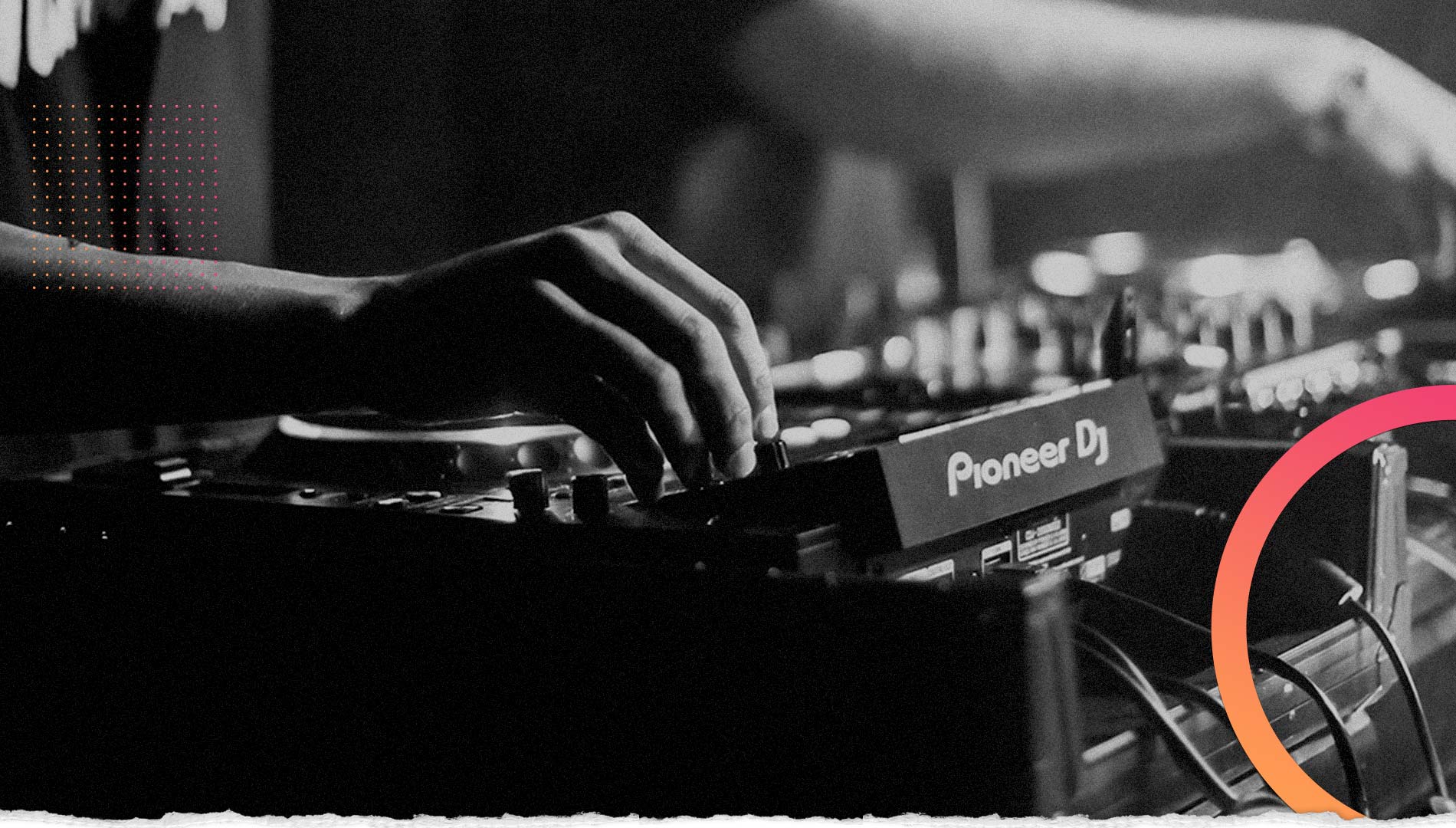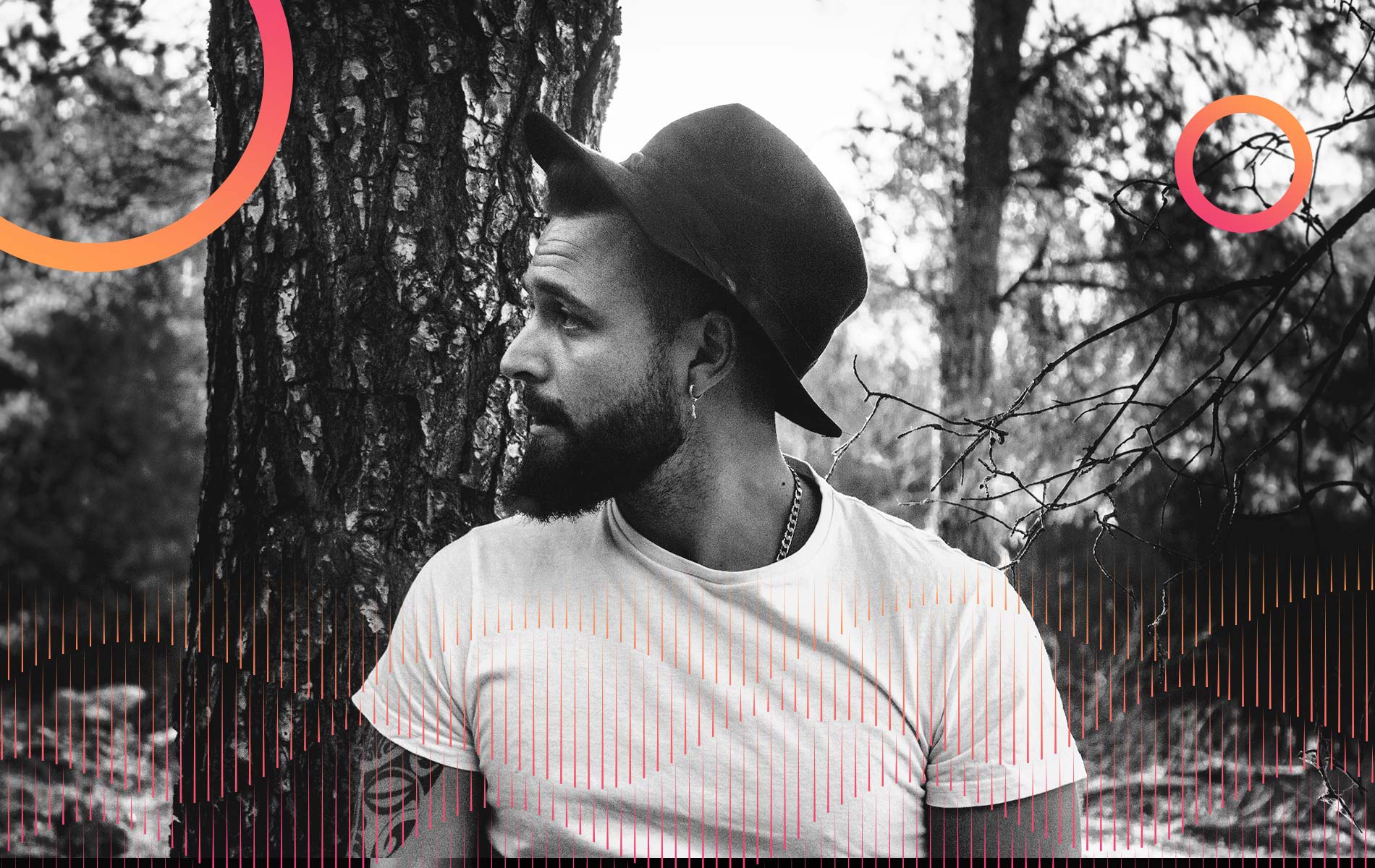Listeners:
Top listeners:
-
 play_arrow
play_arrow
Electromusic FM RADIO ONLINE 24/7
-
 play_arrow
play_arrow
London Calling Podcast Yana Bolder

One morning in 2019, Kenyatta Emmanuel Hughes was released from Fishkill Correctional Facility, in Beacon, N.Y., and traveled roughly 70 miles south to Carnegie Hall. That night he stood before a crowd – flanked by a horn section, a string quartet and backup singers – and sang words he’d written during his nearly quarter-century behind bars.
He’d been convicted of killing a cabdriver during a robbery in 1996, when he was 21 years old. “I had no value for life back then,” he once told a reporter – and that included his own life, which he tried to end while in prison. Now 45, he sang over a steady pulse of piano chords: “Can’t we agree there’s something wrong, if I feel the need to scream, ‘My life matters’? And why in the world, to you, does that feel like an accusation?”
Mr. Hughes had studied with conservatory-trained musicians at Musicambia and Carnegie Hall’s Musical Connections, two programs that teach composition and various instruments in prisons. As a criminal justice journalist and musician myself, I’ve long admired such arts programs for cultivating hope and dignity amid all the abuse and neglect, while reducing the chances that people will return to prison.
But focusing on rehabilitation misses the full picture. America has a long history of prison music, and its power goes beyond helping those inside: This music can transform us, changing how we think about the people who make it. When the right song hits you at the right moment, you can recognize something shared with the artist. “There are things you can identify in yourself that you can also identify in them, no matter what they did,” the formerly incarcerated rapper BL Shirelle told me. “You see them for the humans they are.”
Why should you care? Because Americans have reached an impasse when it comes to the criminal justice system. There remains some bipartisan agreement that the system is bloated, expensive, discriminatory and abusive, and that our prisons too often fail at their key goal of rehabilitation (when they’re not outright deadly). But at least 600,000 people leave prisons each year, and despite talk of “second chances,” the rest of us don’t do a great job of helping them restart their lives. People often refuse to rent to them and give them jobs, which then increases the likelihood they’ll end up in prison again. It’s easy to blame individuals for their criminal actions, but we also know that when society’s treatment of people who commit crimes is too punitive and merciless, the result is often – ironically and tragically – more crime. Artists who served time have told me they’ve seen how their work can break this cycle, cutting past prejudices and helping other people see them as capable of redemption. “If we experience the art being created in those spaces,” Mr. Hughes said, “we will know, ‘These are human beings, and we need to rethink whether we should be throwing them away.'”
There are, of course, some in prison who don’t appear to be contrite after harming others, but in my decade of visiting prisons, I’ve found they are the exception; American prisons are full of earnest attempts at redemption. Listening to and sharing music may sound like a soft, superficial way of changing a broken system, but you can’t get policy change if you haven’t paved the way with culture.
It also helps to look backward. The rich history of American prison music – especially before the rise of mass incarceration began 50 years ago – offers some vivid reminders of how we used to be more connected to people in prison.
In the 1930s, a Texas prison broadcast a weekly radio show in which men and women played country songs, blues, hymns and other genres to a live audience of visitors. “Thirty Minutes Behind the Walls” reached as many as five million listeners and received 100,000 fan letters each year, according to Caroline Gnagy’s book, “Texas Jailhouse Music: A Prison Band History.”
Public officials made guest speeches on the show that were striking in their empathy. “Before the advent of radio, prisoners were exiled; citizens outside paid little attention to them,” the governor of Texas, Wilbert Lee O’Daniel, said on the show in 1939. “But now you hear them talk; you hear them sing; you find out they are sons and daughters of good mothers. You find out they made mistakes, thus proving that they are human.”
Prisons were still brutal places – you can hear it in recordings of blues and work songs that Black prisoners sang as they hoed and picked cotton, just like their enslaved ancestors. And yet many wardens also saw how music could keep those inside more hopeful and tethered to the outside world ahead of release. In the 1950s, a doo-wop group called the Prisonaires were allowed to leave their Tennessee facility under armed guard and record at Sun Studio in Memphis. Elvis Presley was reportedly a big fan.
Into the 1970s, producers negotiated access to record funk gems like Ike White’s ‘Changin’ Times,’ Edge of Daybreak’s ‘Eyes of Love’ and The Escorts’ ‘All We Need Is Another Chance.’ At the Texas Prison Museum, in Huntsville, I recently found and digitized vinyl records that musicians were allowed to produce themselves and sell to visitors at an annual prison rodeo well into the 1980s.
But violent crime had been on the rise, reaching a peak in 1991, and political rhetoric turned away from rehabilitation to punishment. For wardens running bigger and fuller prisons, letting in people and technology was one more avoidable security risk. The racial prejudice that underpinned the War on Drugs infected how a lot of prison music was perceived. Merle Haggard, a former prisoner, had climbed to country music stardom in the 1960s with applause lines like “I turned 21 in prison doing life without parole,” while some rappers found their lyrics used against them in court. Throughout the 1990s, a rising victims’ rights movement framed any creativity behind bars as a moral affront to crime survivors.
Much of society lost interest in hearing the voices of people inside prisons, but they didn’t stop creating and often they used music as a form of resistance. As incarceration and harsh policing became more common experiences for Black Americans throughout the 1990s, these themes became mainstays of hip-hop. Darrell Wayne Caldwell, who performed as Drakeo the Ruler, made a critically acclaimed album in 2020 while inside the Los Angeles County Men’s Central Jail, recording all his verses over the phone. He was hardly the first to do such a thing.
There are hopeful signs that our prison system could return to seeing music as a way to maintain hope inside – and prepare society to accept the people they’re going to release. In 2020, men at San Quentin State Prison were given clearance to release a stellar mixtape, while others were featured on “Ear Hustle,” the popular podcast made in the facility. One of the podcast’s hosts, Earlonne Woods, told me that a good prison artist, like the formerly incarcerated rapper Antwan “Banks” Williams, gives voice to the emotions that lots of people are experiencing inside.
Meanwhile, producers with Die Jim Crow Records are collecting instruments to send into prisons and building soundproof studios in prison gyms and janitorial closets out of PVC pipe and blankets. “Technology is so advanced now, you don’t actually need much to make it sound really good,” said BL Shirelle, the rapper who works as the label’s co-executive director.
These promising experiments suggest that there are far more opportunities waiting for music producers – along with book publishers, art galleries, DJs and other cultural gatekeepers – to discover, cultivate and promote the ocean of talent and creativity behind prison walls.
You could argue that they need us. But the truth is we need them.
Written by: Soft FM Radio Staff
bars maestros music prisoners rehabilitation turn
Similar posts
Electro Music Newsletter
Don't miss a beat
Sign up for the latest electronic news and special deals
EMAIL ADDRESS*
By signing up, you understand and agree that your data will be collected and used subject to our Privacy Policy and Terms of Use.
Podcast episodes
 Invalid license, for more info click here
Invalid license, for more info click here
Copy rights Soft FM Radio.




